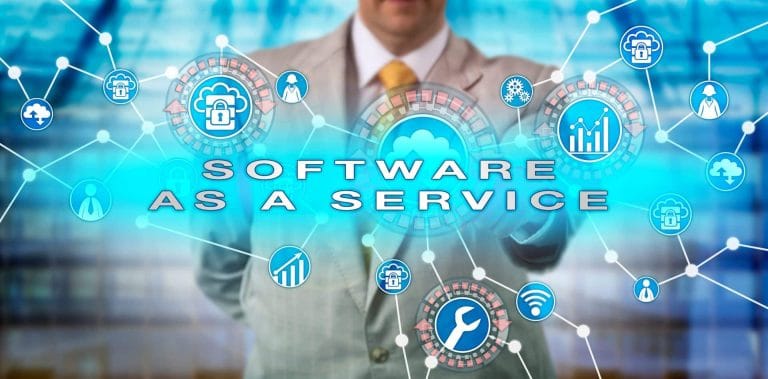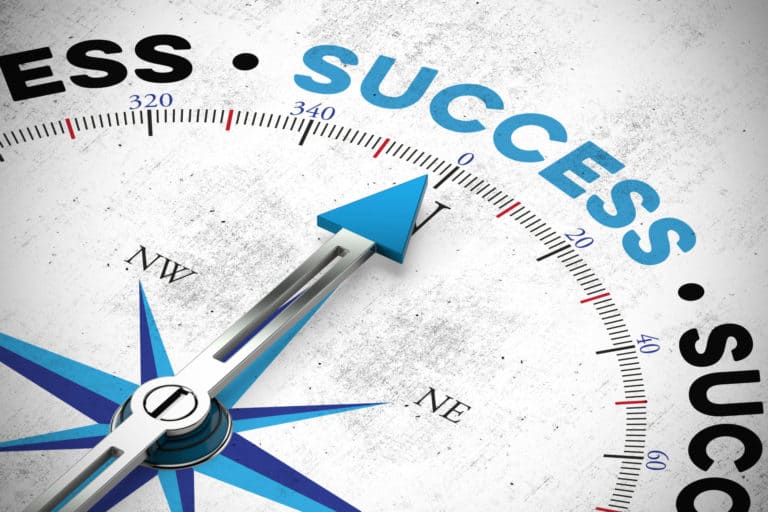Learn About the Time and Cost of Making an SaaS Product
The passive income potential of Software as a Service (SaaS) system is quite the temptation. But what’s the catch? That’s a million-dollar question, given the fact that there’s no one-size-fits-all formula for determining the costs and timeframe of a SaaS application development.
Within the past decade, the concept of on-demand application delivery has stirred tremendous interests in innumerable industries. Recent statistics show the rush for SaaS development has been dictating trends in online and B2B markets for the last 20 years.
Another similar study shows that the market for SaaS, which is already worth hundreds of billions, is set to see over 78% of businesses opting to use SaaS for at least 80% of their operations by 2022. This momentous rise in the demand for SaaS development can be attributed to a number of interdependent factors, including the increasing ease of deployment and accessibility of SaaS applications.
However, the increasing popularity of SaaS development has given rise to ever-stiffening competition among SaaS vendors. Today, a successful SaaS development can only be pulled off with a veritable plan that takes into account thorough-going costing and highly precise timeline estimation for an outstanding SaaS application. After conceptualizing an excellent SaaS application, the next crucial step towards acquiring a hot SaaS application is determining the costs and timeframe of the development.

What You Need to Know About Estimating The Cost of An SaaS Development
Since every SaaS application development is unique, they attract varying costs which must be thoroughly evaluated during the planning stages. A low-budget SaaS application development could cost as low as $6,000, while a highly sophisticated SaaS can cost up to $500,000 to develop.
Read The Blog: SaaS Development – Challenges of Transition
But be that as it may, the cost of developing the SaaS application is usually determined by a number of key factors. The most determinate of them all is human resources, which constitute both the labor and materials for building a SaaS system. Here’s a breakdown of the various aspects of the costs of human resources for a SaaS development:
- Coding: This is the most crucial aspect of the development, as it’s the aspect that determines how the SaaS will serve its intended purpose. It, therefore, imposes the greatest part of the overall cost.
- Integrations: This aspect still revolves around coding, but its primary objective is to integrate your system with other systems.
- User Management: This aspect takes care of elements of user profiles, including the user’s login credentials. It has a huge bearing on the UX design of the SaaS application.
- Tests: It’s imperative to test various elements of the system, and this requires man-hours, although it might be expedient to build cost-effective and efficient automated tests that can be deployed multiple times. Tests: It’s imperative to test various elements of the system, and this requires man-hours, although it might be expedient to build cost-effective and efficient automated tests that can be deployed multiple times.
- Alpha and Beta Testing: It’s highly revealing to put your SaaS application through alpha and beta tests, where you can get insightful feedback from potential customers, before putting it out on the market.
- Deployment and Dissemination: Once your product hits the market, you need to put a lot of plans in motion, including those for marketing, user analytics, etc. These plans should be ironed out during the planning stages of your SaaS web application development.
What You Need to Know about the Time-frame of a SaaS Web Application Development
For starters, since man-hours are the main determinant of cost, your ability to estimate the time-frame for your SaaS development determines how precise your cost estimation will be. The total cost of the development is, for the most part, a product of the developer team’s hourly rate and the total amount of time it’ll take to complete the development project. Here’s a breakdown of a SaaS development’s timeline:
- Market Research Analyses: This is the stage where you get to determine the viability of your software concept. It entails validating your software idea with your potential customers, gathering information from message boards, etc. You need to also do some research on what your competitors have been up to. This stage might require between 10 – 50+ hours, depending on the niche, as well as the elements that must be incorporated in the SaaS application development.
- Planning (30 – 200 hrs): This stage can save you a lot of headaches down the road, as proper planning ensures you don’t have to revert progress and make adjustments at every turn due to the emergence of unplanned elements. It’s crucial to engage in the planning stage with due diligence. You need to spend at least 30 hours here, or you can go for as much as 200 hours to cover more ground.
- UX Design: This is the stage where you get to put to use most of the information of you got from the validation stage because here is where you get to hone your SaaS to meet your potential user’s needs. It entails much more than UI design, as it’s an overarching stage that’s meant to make things as intuitive and tenacious as possible for your user base. You need to put in anywhere between 25 – 200 man-hours in this stage.
- Project Management: Project management activities give a SaaS development the cohesion and direction needed. Project management usually takes up to 20% of the total development time, depending on how reliable and self-driven the developers are.

Other Crucial Things You Need To Know About The Costs and Time-Frame For An SaaS Web Application Development
Note here that it’s ill-advised to sit back and turn your attention away from your SaaS application when it hits the market. In fact, the most crucial part of the work actually begins after the initial development is finished.
Your SaaS needs continuous support and administration after its release, and this implies additional costs such as the costs of hosting, customer care / technical support, insurance, additional integrations/upgrades, and patches/bug fixes.
You also need to come up with a profitable pricing strategy. It’s advisable to use a flexible pricing strategy that’ll be adjustable with respect to the implementation of new features, as well as feedback from users.
Conclusion
The total cost of a SaaS application development, as seen above, is a product of the business owner’s choices. By becoming fully acquainted with the interplay of the factors outlined above, you’ll be better placed to get the best bang for your buck for your SaaS development. Note, however, that it’s always advisable to pad the final budget estimates to make room for wriggle room in case contingencies arise down the line. When you’re ready to start creating your SaaS project, be sure to Contact Us, and we’ll work with you to make it just right for your unique business.






